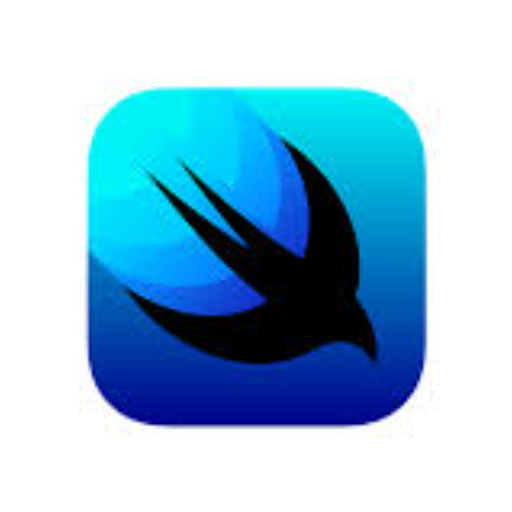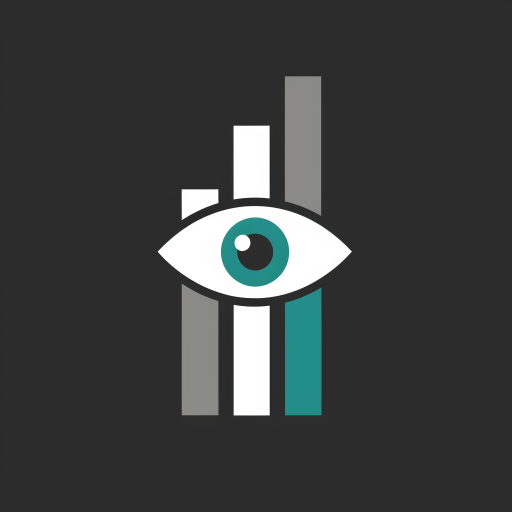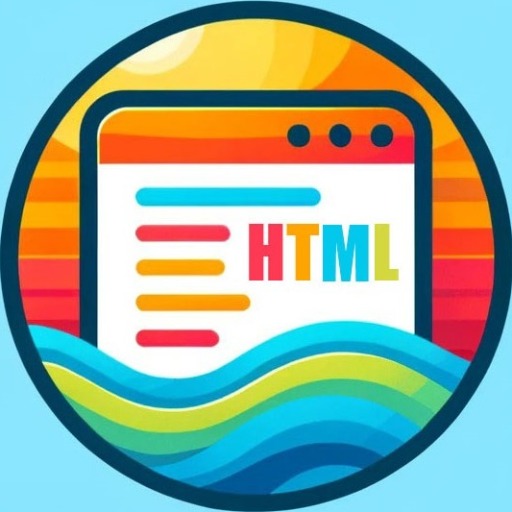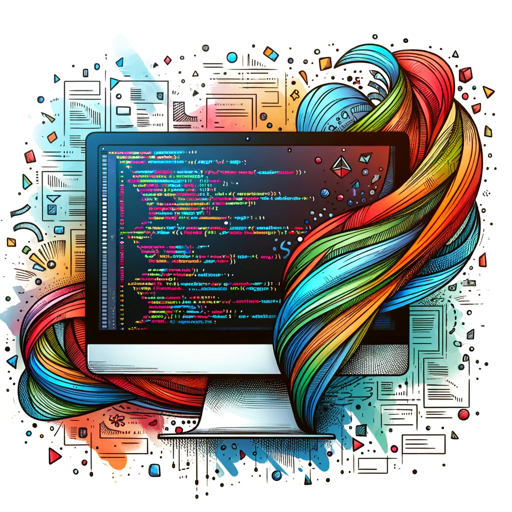IOS-UI design to Swift code
AI-powered UI to iOS code converter
Upload a screenshot or image to get iOS code
Related Tools
Load More
IOS App Developer
Expert in High-Level iOS App Development. Users can say "Proceed" so the bot continues providing all the code. If there are any placeholders that aren't filled in, you can request gpt to provide the placement code for it.

iOS & visionOS App Builder
Expert Swift coder for iOS, iPadOS, and visionOS apps. GPT has been loaded with visionOS & RealityKit documentation.

visionOS Dev
Apple Vision Pro App Generator

iOS Developer
Prioritizing code solutions in iOS development

iPhone GPT
Your specialised guide for iPhone

iOS Development Assistant
Skilled in Swift, SwiftUI, Unity, RealityKit
20.0 / 5 (200 votes)
Introduction to iOS
iOS is Apple's mobile operating system designed to run on iPhones, iPads, and iPod Touch devices. It is known for its smooth and intuitive user interface, robust security features, and a wide range of applications available through the App Store. iOS offers a consistent and cohesive experience across Apple devices, ensuring that apps and services work seamlessly together. For example, an iPhone user can start writing an email on their phone and finish it on their iPad or Mac thanks to iOS's integration with other Apple ecosystems.

Main Functions of iOS
User Interface Design
Example
UIKit framework
Scenario
Developers use UIKit to create visually appealing and interactive applications. For instance, a shopping app might use various UI elements like buttons, sliders, and collection views to offer a smooth browsing and purchasing experience.
Data Management
Example
Core Data framework
Scenario
Applications that need to manage complex data models, such as a personal finance app, use Core Data to store, track, and update user data efficiently.
Security Features
Example
Touch ID and Face ID
Scenario
For secure access to apps and sensitive information, iOS incorporates biometric authentication methods. Banking apps, for instance, use Face ID to verify a user’s identity before allowing access to financial data.
Ideal Users of iOS Services
General Consumers
Everyday users benefit from iOS's ease of use, security features, and seamless integration with other Apple devices. They enjoy features like FaceTime for video calls, Apple Pay for secure transactions, and a vast selection of apps for various needs.
Developers
App developers use iOS to create, test, and distribute applications. They benefit from comprehensive development tools like Xcode, access to a large user base through the App Store, and extensive documentation and support from Apple.

How to Use IOS
1
Visit aichatonline.org for a free trial without login, also no need for ChatGPT Plus.
2
Upload your UI design screenshot or image that you want to convert into iOS code.
3
Analyze the automatically generated preview of the iOS code to ensure it matches your design.
4
Customize the generated code if needed, to better fit your specific requirements or preferences.
5
Export the final Swift code and integrate it into your iOS project using Xcode.
Try other advanced and practical GPTs
VizCritique Pro
AI-Powered Insights for Better Data Visualizations

Screenshot to HTML
AI-powered web page code generator.

css to latex formater
AI-powered CSS to LaTeX converter.

Video Game Developer
AI-Powered Tool for Game Developers

Physics Solver
AI-powered physics problem solver.

SAS Programming Tutor
AI-Powered Tutor for Mastering SAS Programming

Android
Automate your Android app creation with AI

VC++
Effortlessly convert designs into VC++ code with AI

Pathfinder Mastermind
AI-Powered Pathfinder Guidance

DISEÑANDO SYLLABUS UNIVERSITARIOS
AI-Powered University Syllabus Design

TCC Expert
AI-powered guidance for your TCC success

B-Roll Generator - Video Editing
AI-driven B-roll generator for video creators.

- Prototyping
- App Development
- Design Conversion
- Responsive UI
- Swift Coding
Frequently Asked Questions about IOS
What types of UI designs can I convert using IOS?
IOS can convert a wide range of UI designs, including those with complex layouts, various UI elements, and specific styling requirements. It focuses on ensuring that the resulting iOS code matches the design exactly.
Do I need to know Swift to use IOS?
While basic knowledge of Swift is beneficial, it's not mandatory. IOS generates complete and ready-to-use Swift code, which you can integrate into your project with minimal adjustments.
Can IOS handle responsive design?
Yes, IOS prioritizes the use of relative layout positioning over absolute coordinates to ensure the UI adapts well to different screen sizes, enhancing compatibility across various devices.
How accurate is the code generated by IOS?
The code generated by IOS is highly accurate, matching the original design in terms of layout, colors, fonts, and other styling elements. You can preview and adjust the code before finalizing it.
What are the common use cases for IOS?
Common use cases include converting app prototypes into functional code, quickly creating UI elements for new features, and ensuring design consistency across different parts of an app.